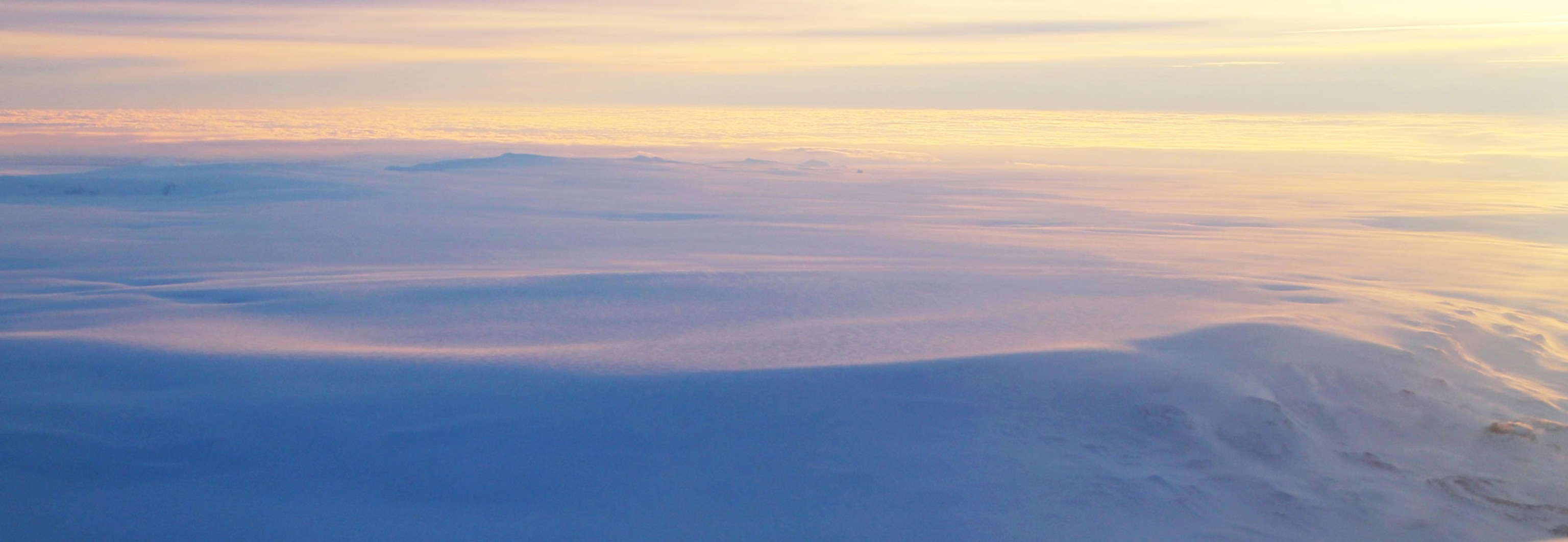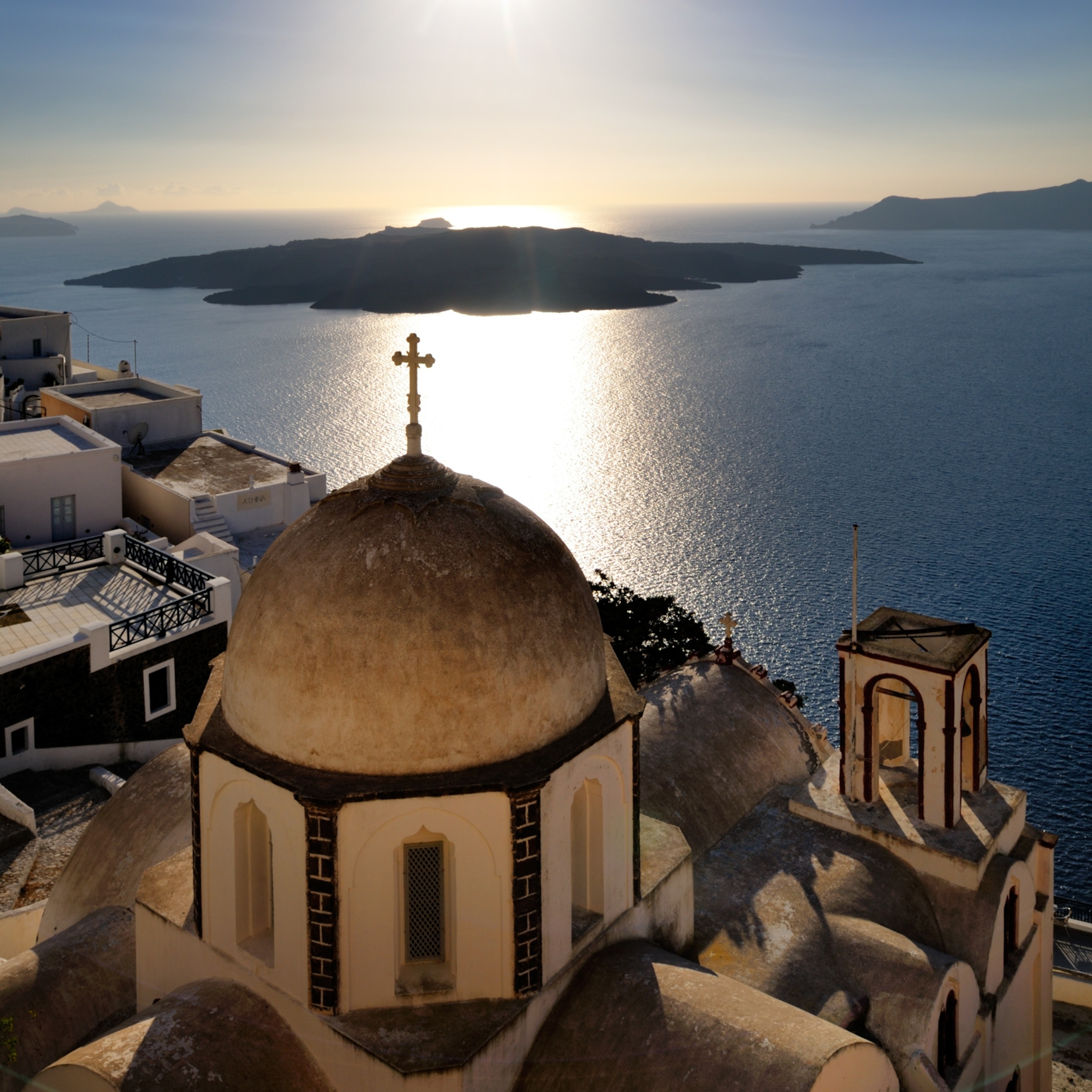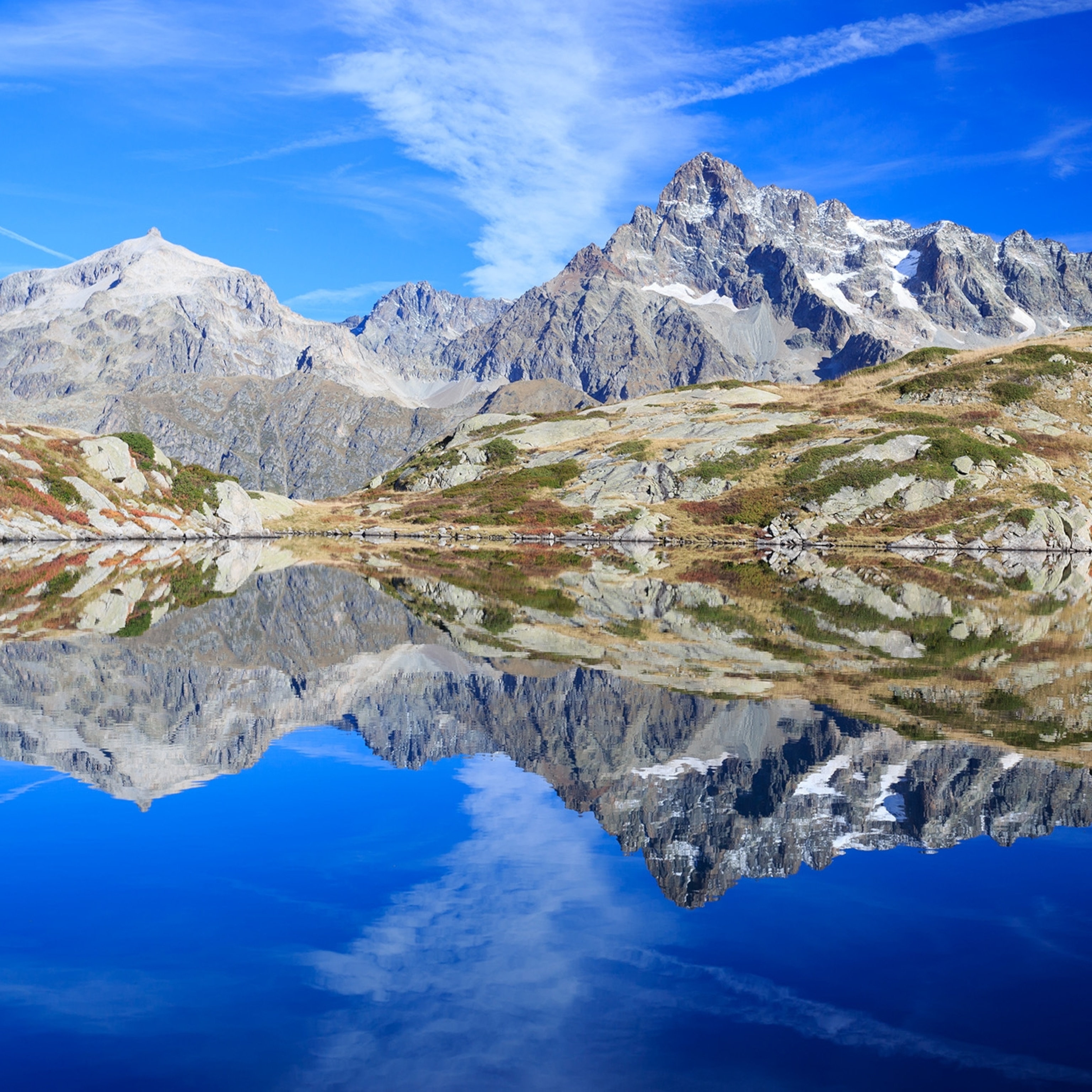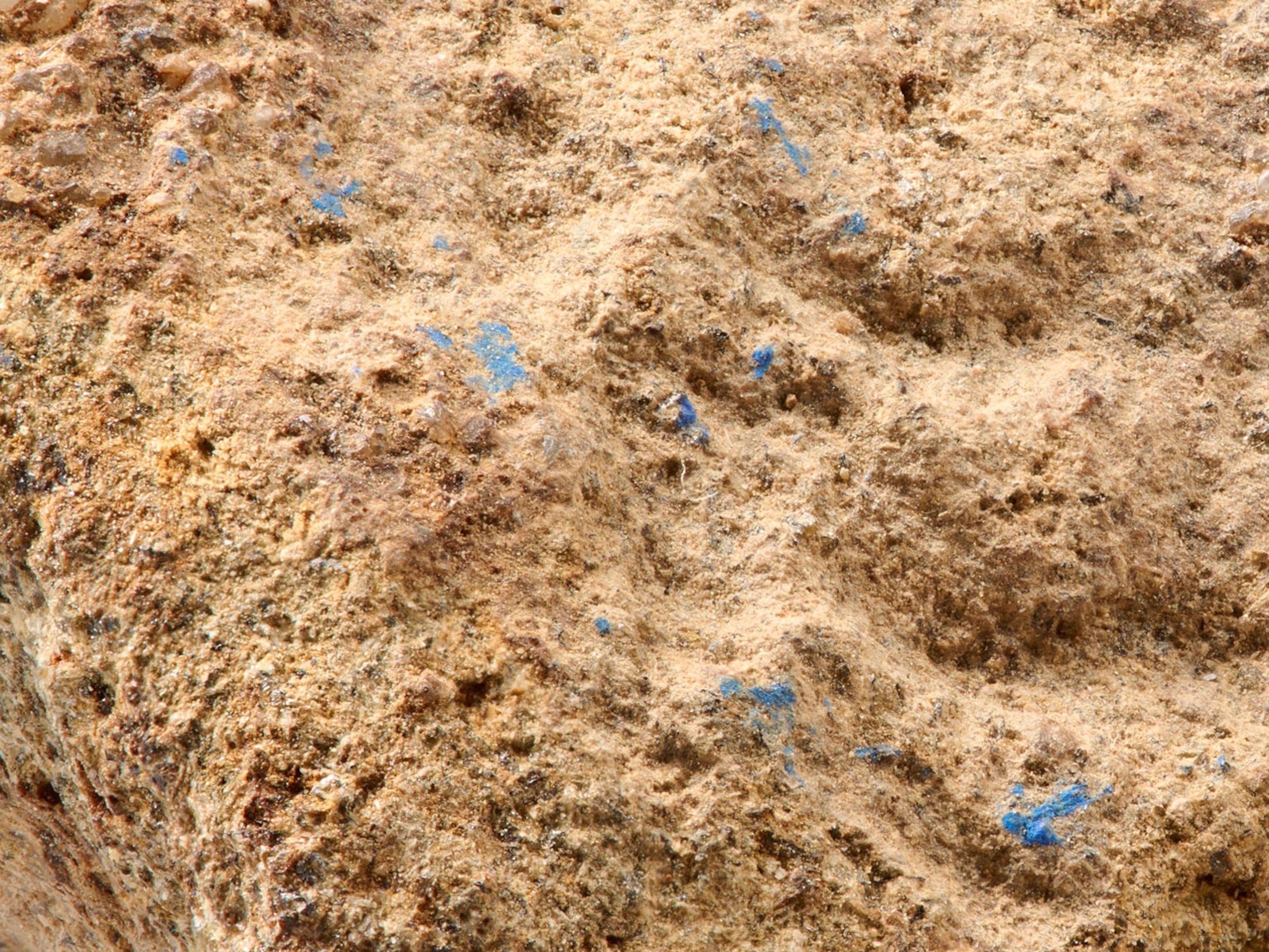
Erupting Volcano Lets Scientists Watch Rare Caldera Collapse
Patterns seen during the event may help volcano monitors around the world warn of dangerous activity days or even weeks in advance.
As gateways to the seething-hot heart of our planet, volcanoes are feared for their occasionally cataclysmic behavior. From Vesuvius to Krakatau, some of the most devastating eruptions in human memory have one calamitous factor in common: caldera collapse.
Usually rapid and unannounced, only seven known collapses have occurred since the start of the 20th century, and scientists have been puzzling over the mechanism behind these events for more than a hundred years.
So when the massive Bárðarbunga volcano in Iceland’s remote southeastern interior started demonstrating caldera formation in slow motion, researchers had an unprecedented opportunity to better understand the process.
Reporting today in the journal Science, a team of 47 scientists and data modelers from nine countries, led by geophysicist Magnús Gudmundsson of the University of Iceland, describes the evolution of Bárðarbunga’s caldera from August 2014 to February 2015.
Anatomy of a Disaster
Caldera collapse happens when a magma chamber deep beneath a volcano drains rather abruptly. The bedrock above pancakes down into the resulting void, creating or deepening a depression in the volcano.
The exact series of events between a collapse and an eruption is still being sorted out. But a caldera collapse can cause a sudden release of gas, which can explode up and outward, as seen in the big eruptions in recorded history.
And the biggest danger is simply that the mountain is falling in on itself, which can trigger huge landslides or engulf entire regions.
Volcanoes can be active for hundreds of thousands of years, and in that time they might experience two or three caldera collapses. So to catch one unfolding bit by bit in Iceland gave scientists the unexpected luxury of time.
“We could measure everything,” Gudmundsson says of the researchers’ efforts, which included using seismologic and geochemical data, GPS, ground-based surveys, and observations from helicopters and satellites.
“This is difficult to do when this kind of event typically happens overnight. But because this was happening gradually, we could take measurements many, many times, so we have a time series that allows its evolution to be studied.”
Nearly 6,600 feet (2,012 meters) tall, Bárðarbunga is Iceland’s second tallest mountain, and its existing caldera is buried beneath 2,600 feet (800 meters) of Vatnajökull glacier ice.
When the volcano began rumbling in mid-August of 2014, regular earthquakes between magnitude 4.0 and 5.8 swarmed in and around it over the span of two weeks. Beginning initially beneath the caldera itself, the quakes began creeping outward to the southeast before making an abrupt 90-degree turn to the northeast, culminating finally in an eruption 30 miles (48 kilometers) away in the lava fields of Holuhraun.
By volume of magma displaced from the chamber—equal to about 500 billion gallons of molten rock—it was the largest eruption in Iceland in 230 years, though only a medium-size eruption by typical caldera collapse standards.
The Bárðarbunga caldera subsided by an additional 213 feet (65 meters) and widened to 42 square miles (110 square kilometers). Thankfully the collapse did not produce an eruption under the ice, which could have resulted in major flooding as well as the release of huge quantities of harmful gases.
Feeling the Pressure
Stephanie Grocke, a Smithsonian volcanologist who studies mega-calderas like the one beneath Yellowstone, says that the interdisciplinary team’s work provides an invaluable understanding of how volcanic systems develop and behave.
“It reveals the story about how the volcano actually evolved in real time,” Grocke says. “It’s super unique, and happened as a function of new technology. It also shows how earthquakes are linked to magma movement. You can follow those dots in seismicity and track how the magma moves through the surface.”
A lingering question is what drives the initial insult that leads to collapse. It’s possible a buildup of magma in the chamber causes tectonic activity, but it could also be that fault slippage creates a sudden pathway that allows magma to drain rapidly.

At Bárðarbunga, the team saw that deeply buried ring faults failed, causing earthquakes that opened up an underground dike that magma flowed through until it broke through the surface at distant Holuhraun.
Gudmundsson says the caldera collapse was then driven by magma leaking away from the overinflated chamber, followed by the roof beginning to break. Once the collapse began, it helped squeeze even more magma out, like a piston in a pipe.
This so-called lateral flow of magma away from the main volcano body is common with eruptions that result in caldera collapse, Gudmundsson notes. Of the seven known collapses that took place since 1912, all of them had a considerable amount of lateral flow, even under vastly different tectonic conditions.
Early Warning
The patterns described at Bárðarbunga can now be used to help calculate the way similar events might happen in the future.
Understanding the link between earthquakes and magma flow can also help predict where lava, ice flows, or landslides can become an issue for populated areas.
“It’s extremely helpful for emergency planning and hazard forecasting,” Grocke says. “We use volcanoes’ eruptive histories to forecast how it may behave in the future. If we see a caldera collapse happened in the past, we can assume a volcano would form another one, and a collapse can have links to a lot of other things that can be happening tens of kilometers away from the actual event.”
That means volcanologists could alert a region to a large or prolonged eruption days or weeks in advance.
“When we see earthquakes of these magnitudes and are able to monitor the surface [of the volcano], next time it happens we will immediately be able to say that we may have a caldera collapse brewing, and we’re in for a large or long-lived eruption,” Gudmundsson says.
“By knowing days earlier, we know we have to be on the lookout for something big.”
Follow Michelle Z. Donahue on Twitter.








